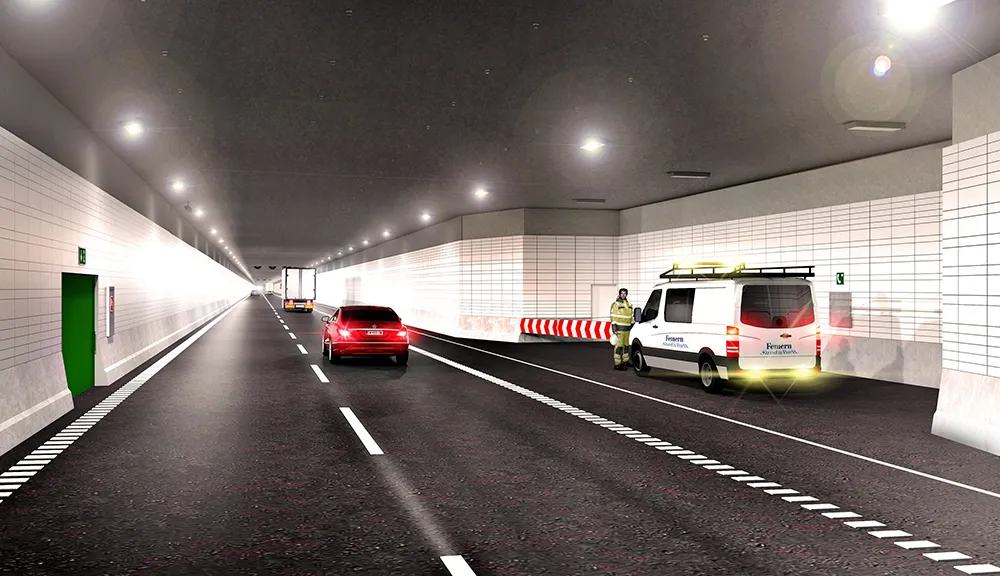St Petersburg, Russia anticipates a 1.5 fold increase in subway development financing in 2014, and has allocated around US$2.3 billion in its draft budget for 2014-2016.
One of the deepest metro systems in the world, St Petersburg's Metro has a total length of 113.5 km and 67 stations, one of which is 86 metres below ground. Serving 2.15 million passengers daily, it is also one of the busiest metro systems in the world.
September 19, 2013
Read time: 1 min
St Petersburg, Russia anticipates a 1.5 fold increase in subway development financing in 2014, and has allocated around US$2.3 billion in its draft budget for 2014-2016.
One of the deepest metro systems in the world, St Petersburg's Metro has a total length of 113.5 km and 67 stations, one of which is 86 metres below ground. Serving 2.15 million passengers daily, it is also one of the busiest metro systems in the world.
Under the current 2013 budget, US$395 million has been allocated for the construction of new subway stations and the projected budget for 2014-2015 allocates a further US$3.56 billion for new subway stations in 2014.
One of the deepest metro systems in the world, St Petersburg's Metro has a total length of 113.5 km and 67 stations, one of which is 86 metres below ground. Serving 2.15 million passengers daily, it is also one of the busiest metro systems in the world.
Under the current 2013 budget, US$395 million has been allocated for the construction of new subway stations and the projected budget for 2014-2015 allocates a further US$3.56 billion for new subway stations in 2014.









